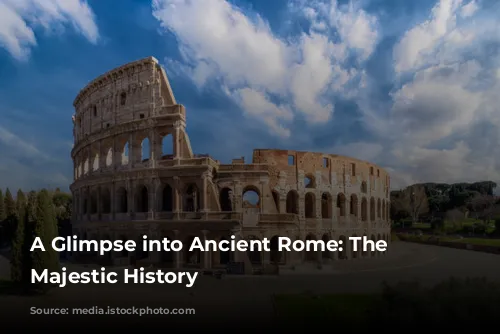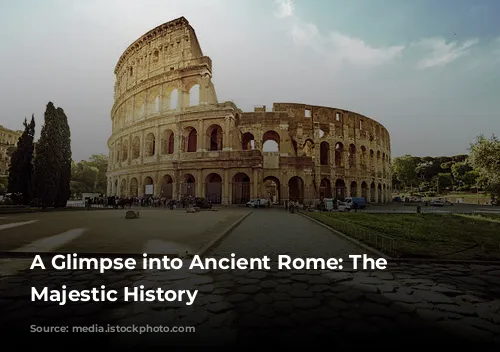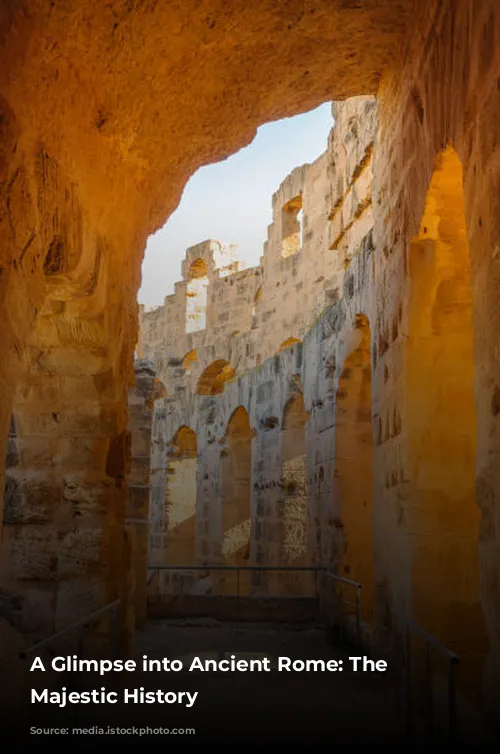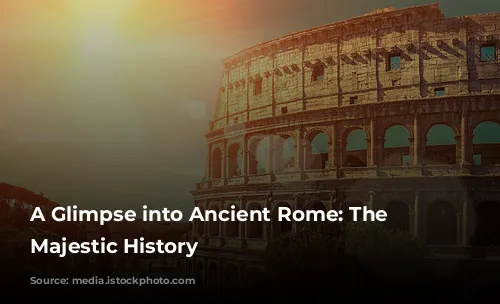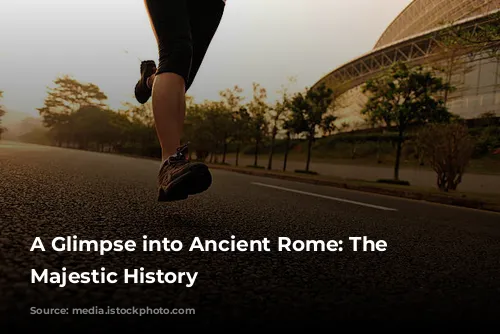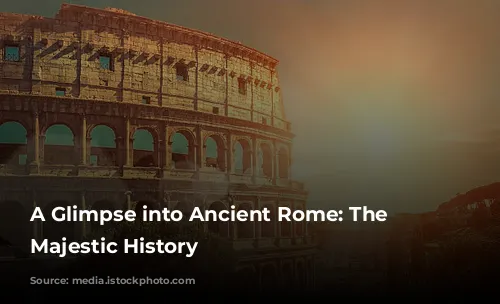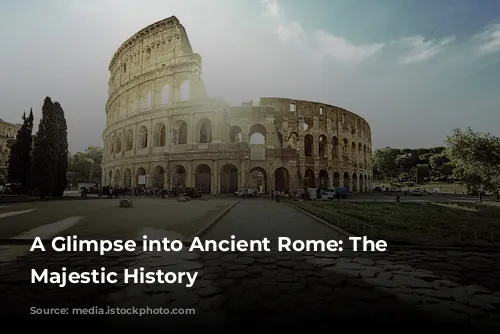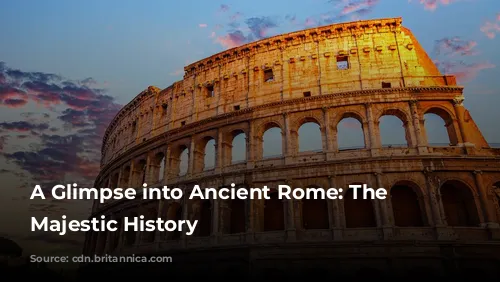The Colosseum, a magnificent structure standing as a testament to ancient Roman engineering, remains one of the few relatively intact buildings from the Roman Empire. Today, it’s a major tourist attraction, drawing millions of visitors each year and generating significant income for the Italian government. In 2018 alone, the Colosseum, Roman Forum, and Palatine Hill collectively raked in over $63.3 million (€53.8 million), making it the most profitable tourist destination in Italy.
A Monument to Power and Entertainment
The Colosseum’s construction was driven by a desire to revitalize Rome after the turbulent “Year of the Four Emperors” in 69 CE. Emperor Vespasian, aiming to provide entertainment for the Roman people, envisioned the Colosseum as a spectacular venue for gladiator fights, animal hunts, and even mock naval battles.
From Humble Beginnings to a Grand Arena
The construction of the Colosseum began under Emperor Vespasian between 70 and 72 CE. His son and successor, Titus, dedicated the completed structure in 80 CE. The fourth story was added by Emperor Domitian in 82 CE. Interestingly, the funding for this massive project came from the spoils of war – the plunder from Titus’s conquest of Jerusalem in 70 CE. The construction itself was carried out by enslaved Jews from Judaea.

A Masterpiece of Architecture and Engineering
The Colosseum, also known as the Flavian Amphitheater, is an elliptical structure constructed from stone, concrete, and tuff. It stands four stories tall, stretching 620 by 513 feet (189 by 156 meters) and capable of holding up to 50,000 spectators. The Colosseum was famously used for gladiatorial combat, a spectacle that enthralled the Roman populace.
A Symbol of Imperial Power
The Colosseum’s construction was strategically placed on the grounds of Nero’s Golden House, replacing the former emperor’s private lake with a public amphitheater. This decision held both practical and symbolic significance, highlighting Vespasian’s commitment to the public good after the tyrannical reign of his predecessor.
A Legacy of Entertainment and Decline
The Colosseum’s dedication in 80 CE was marked by 100 days of games, setting the stage for its long history as a venue for entertainment. Unlike earlier amphitheaters, the Colosseum was a freestanding structure, utilizing a complex system of barrel vaults and groin vaults. Its impressive exterior featured three tiers adorned with Doric, Ionic, and Corinthian columns, a design that influenced later architectural styles.
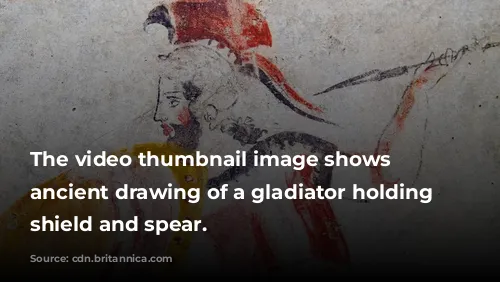
A Testimony of Roman Resilience
The Colosseum’s massive scale and intricate design included a retractable awning, the velarium, to shield spectators from the sun. This impressive feat required hundreds of Roman sailors to manipulate the rigging. Over the centuries, the Colosseum witnessed countless gladiatorial combats, animal hunts, and mock naval battles. The arena’s legacy, however, includes a period of decline and neglect, with its marble seats and decorative materials stripped away during its use as a quarry.
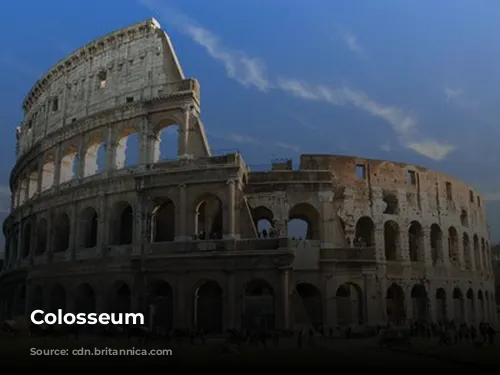
Preserving a Symbol of the Past
The Colosseum’s history is a testament to the rise and fall of an empire, its grand purpose transformed into a symbol of decay. Despite its decline, it remains a source of wonder and a reminder of the ingenuity and power of the Roman people. Restoration efforts began in the 19th century, culminating in a major project in the 1990s. Today, the Colosseum stands as a testament to the enduring power of history, drawing millions of visitors who are captivated by its grandeur and the stories it tells.
